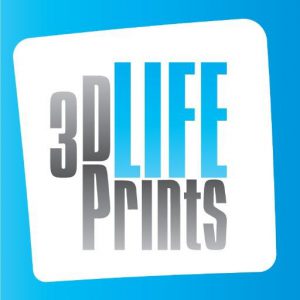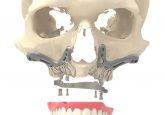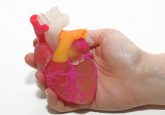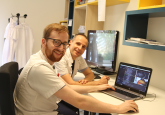Embedding 3D printing: meet 3D LifePrints

3D LifePrints (Liverpool, UK) provides medical 3D printing services to leading UK hospitals with embedded facilities (hubs). The team works with clinicians to improve clinical outcomes for their patients by designing and manufacturing customized models, surgical cutting guides and implants.
Find out more about an insourced 3D printing hub model in this column from 3D LifePrints ahead of 3DMedLIVE 2019: 3D printing in surgery.
>> Find out more about 3DMedLIVE
Register as a member of 3DMedNet for exclusive 3DMedLIVE updates
3D LifePrints evolved from providing 3D-printed limb prosthetics to amputees in Kenya to establishing itself at the forefront of medical 3D printing services in the UK. Recognizing the clinical value and operational efficiencies in bespoke manufacture of patient-specific anatomical models and medical devices, it is now pushing the adoption of this advanced technology in healthcare organisations across the UK, Europe and the USA.
Learn more about 3D LifePrints on 3DMedNet with our video series from Alder Hey Children’s Hospital (Liverpool, UK):
- Embedding 3D printing where it can help surgeons the most: an interview with Henry Pinchbeck
- 3D printing supporting complex surgery: an interview with Rafael Guerrero
- Training the next generation with 3D printing: an interview with Rafael Guerrero
- Choosing the right filament for the job: an interview with Michael Richard
- Turning patient data into a 3D model: an interview with Michael Richard
Embedding a 3D printing hub at the point-of-care
The tendency for slow and costly outsourced 3D printing, or inefficient investment in individually procured printers, prevents hospitals from tapping the full potential of medical 3D printing. 3D LifePrints sees the need to provide the perfect balance of lower cost onsite production capability with outsourced expertise.
The embedded 3D printing ‘hub’ service model is their solution. Not only is 3D printing value delivered directly to clinicians and their patients in the central 3D printing hub hospital, it is actively spread out and shared with other hospitals, universities and healthcare businesses in the region.
Close relationships between 3D LifePrints’ biomedical engineers and hospital clinicians ensures the exact needs of patients and staff are met. High quality models and devices are turned around quickly and a greater volume of patients receive the benefits that come from clinicians employing individualized anatomical models, surgical cutting guides, implants, prosthetics and orthotics.
Their work with teams conducting craniomaxillofacial surgery is a prime example of how 3D printing technology can help reduce operative time and risk of complications, while improving surgical outcomes. 3D LifePrints’ CMF team provides patient-specific surgical guides and implants, with designs based on virtual planning of the upcoming surgery. The most common applications include fibula free flap reconstruction, orbital floor reconstruction, cranioplasty, orthognathic surgery and onlay implants.
3D LifePrints currently has embedded 3D printing hubs in Alder Hey Children’s Hospital in Liverpool, Wrightington Hospital in Greater Manchester, and Nuffield Orthopaedics Centre in Oxford (all UK). In 2020, 3D LifePrints aims to open two new hubs in the UK, two in Europe and one in the USA.
Gallery
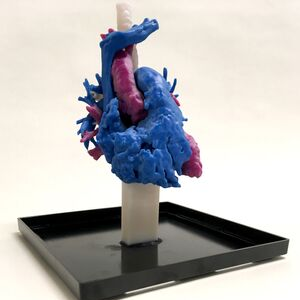 |
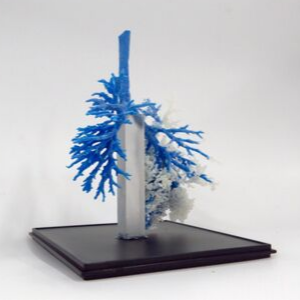 |
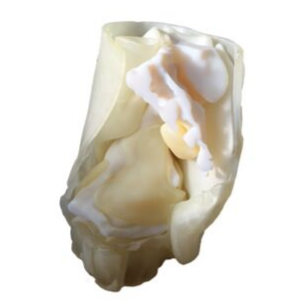 |
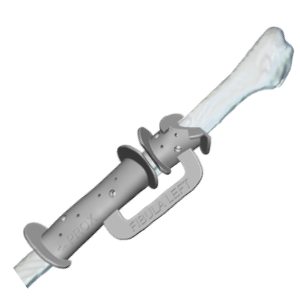 |
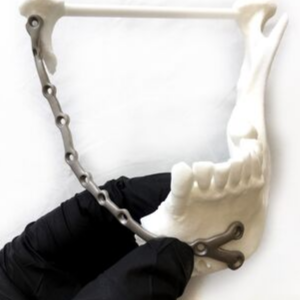 |
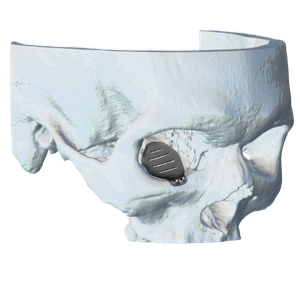 |
The opinions expressed in this feature are those of the author and do not necessarily reflect the views of 3DMedNet or Future Science Group.
